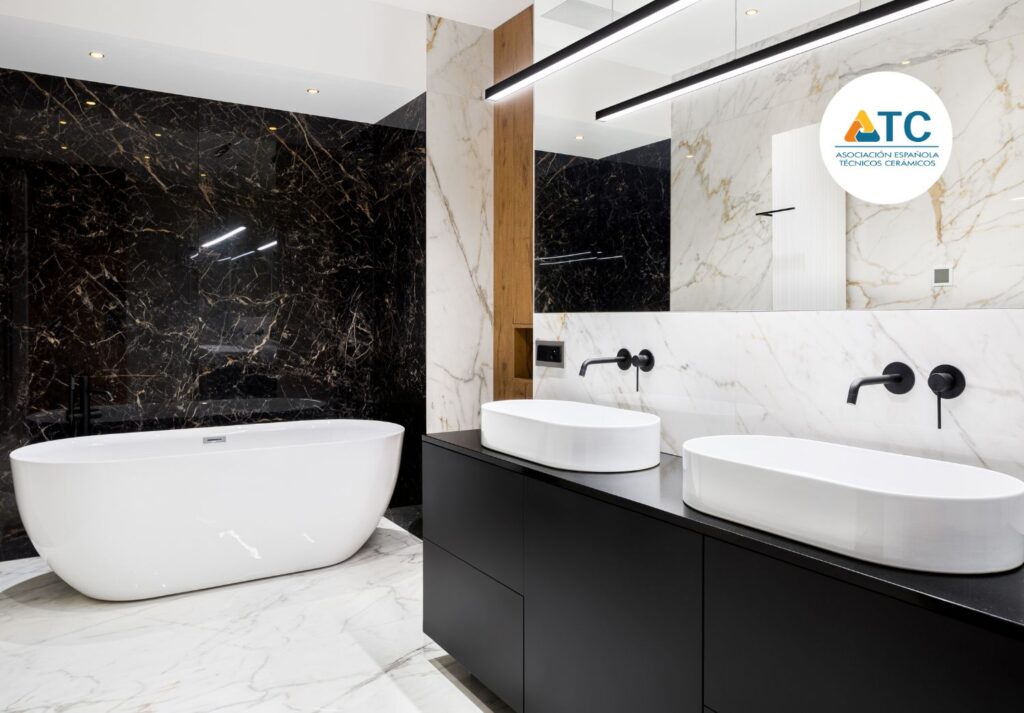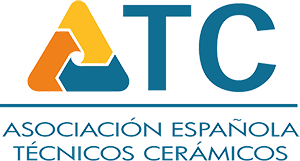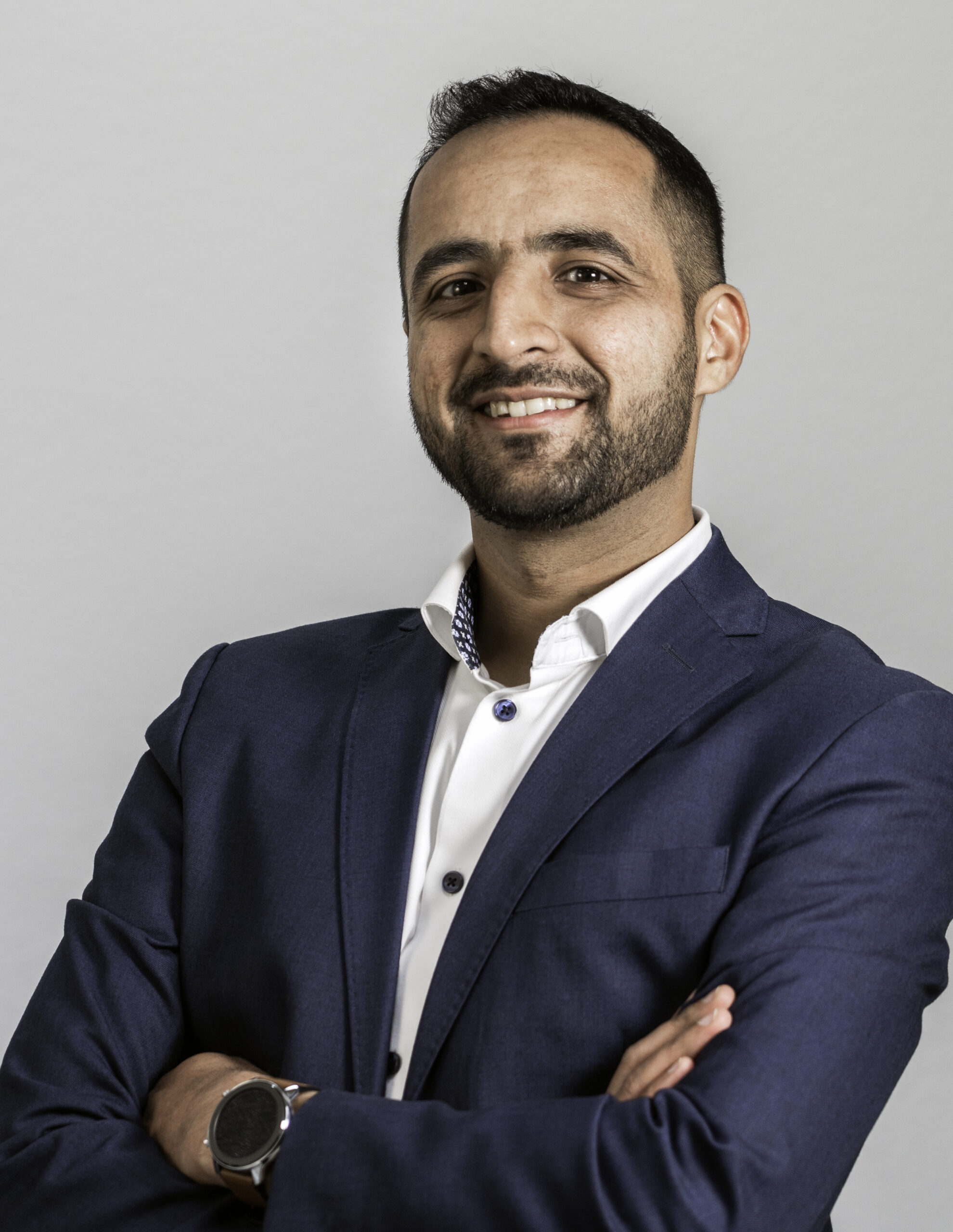
New needs of the CERAMIC INDUSTRY – Big Slabs
Las nuevas necesidades nos llevan a los grandes formatos.
Ceramic tiles are getting bigger and bigger; and the digital printing market is adapting to this.
Like all other industries in the world, the construction industry and its products must also adapt to the requirements of sustainability.
Large tiles have the advantage of being able to be laid easily and quickly; fewer joints offer less fracture points and therefore also allow for simple care and maintenance.
The fulfillment of specified requirements sets new trends and new trends place high demands on new products. So how can the digital printing industry make its contribution to setting new trends in a saturated market. High quality demands require a high level of uniformity of the printed image over a large area.
To achieve this, three main things are required:
Long durability of the printhead
The shear mode piezo actuation structure is responsible for transferring the energy required by the drop to leave the printhead and land on the substrate at the desired point. The higher the energy in the drop, the higher the printing distance between the printhead and the substrate at faster speeds. The nozzles of the print head are less likely to be affected by dirt and scratches to produce incorrect print images.
In addition, stainless steel nozzle plates can provide additional protection from external influences. With this today’s print heads offer consistently good print quality over a much longer period of time.
Uniformity of the print result over a large area
In order to ensure uniform printing results over a large area, it must be ensured that each nozzle is controlled with exactly the same energy.
Using the RCH1536 print head as an example, it can be explained that 1,536 nozzles with twice as many piezos, due to the isolated channel technology have to be uniformly deposited with 6144 electrodes in total. Thus, ensuring the same ejection speed and drop size at every point across the entire width of a print head.
Not only within a printhead but also across the number of printheads within a printbar, the uniformity must be adjustable. Hence the use of various voltages for various nozzle banks helps in a closed loop optimization where one can print, check, re-print and come to a uniform print across the entire print width.
Different liquids place greater demands on the various materials of a printhead
The fact that the entire production process of a ceramic tile can now be covered with just one type of print head requires that the print head contains all fluids from the grit, to the adhesive, the ink, the glaze, and that the materials used in the print head are adapted accordingly.
With the improvements in place, the engineers test these printheads in the laboratory by doing multiple real-world tests including printing for a long time, wiping the nozzle plate thousands of times and making a density analysis comparison of the print samples. After the engineers are satisfied with the results, few samples are deployed in the field for long-term testing, ensuring that the new printhead meets the rigorous demands of the big-slab ceramics industry.
The important point to be understood is that such development is not possible as a printhead manufacturer alone, but requires collaboration with the machine manufacturers and also the fluid manufacturers. The liquids previously produced for the analogue market, such as glaze or glue, must be developed for the inkjet world, taking the requirements of the inkjet printhead into account. These liquids are then thoroughly tested in the laboratories and with the help of various machine manufacturers in the field.
Steve Jobs once famously said, “You can’t connect the dots looking forward; you can only connect them looking backward.” This statement aptly summarizes the remarkable journey of Seiko Instruments in the realm of inkjet printhead technology. This type of development is a cluster-based, closed-loop problem-solving approach in which each problem is analyzed from multiple perspectives and a solution is found together. In summary, Seiko Instruments has not only connected the dots on its technological journey, but has also drawn new dots, broadening the horizons of what is possible.


